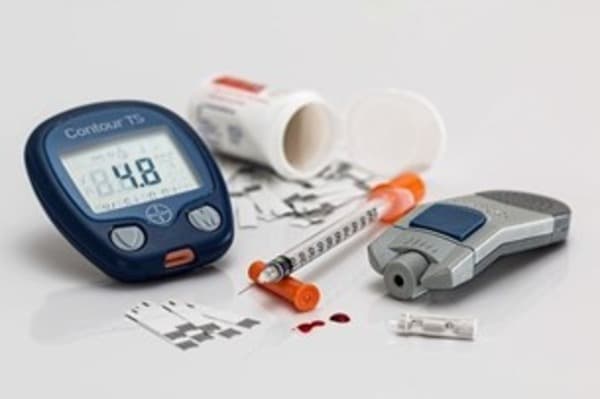Over 460 million people around the world have diabetes. It is in the top 10 causes of death and is estimates show grow to over 570 million diagnosed by 2030. That is half a billion people, and there’s no question why diabetes is a global issue. Type 2 diabetes (T2D) is the most common form, and in many ways, is preventable. November is home to World Diabetes Day, and it’s a reminder that this growing epidemic needs attention year-round.
Summing up T2D and Who’s at Risk
Type 2 diabetes affects nearly 90% of people with diabetes overall, making it the most common. It all starts with a broken key. If your house key is broken, you can’t unlock your door, right? Well, imagine there is a key inside our bodies called insulin. Insulin is a hormone produced by the pancreas that “unlocks” cells for sugar (glucose) to enter the cells and be burned as energy. If your insulin key is broken, the body’s cells starve from not getting the sugar they need. Instead, the sugar builds up in the bloodstream, resulting in high blood sugar levels. If high blood sugar remains untreated, levels can damage the eyes, kidneys, nerves, and heart and lead to coma and death.
Family history, sedentary lifestyle, and obesity are the top risk factors for this disease. While there’s not much, you can do about your family history and some of the other factors, adopting a healthy lifestyle and weight can delay or even prevent onset.
What’s Your Risk?
Knowing what your risk is for T2D is the first step. The American Diabetes Association (ADA) has an online tool to help you assess that risk. Anyone prone to developing type 2 diabetes can work with their doctor on early detection, lifestyle changes, and managing chronic conditions. The CDC has a structured program that, if followed, can cut your chances in half.
A World Without Diabetes

Different blood sugar monitoring kits, diet, and exercise are the core of managing those diagnosed with T2D. Medications that help improve the body’s insulin response and insulin injections can help if levels remain high.
Research studies and computer technology have improved ways to detect and treat type 2 diabetes in the last century. Ultimately, allowing those diagnosed to manage their condition better. Unfortunately, maintaining healthy blood sugar levels remains out of reach for many people living with diabetes, particularly younger patients. It may be the constant vigilance it takes to run the daily balancing act. Or the fact that insulin therapies can never mimic the biological functions of a healthy pancreas.

Without volunteers, researcher’s hope of improving the care and eventually curing diabetes would not be possible. Midwest Clinical Research is looking for volunteers to participate in upcoming type 2 diabetes research studies. To see how you can get involved, call (937) 424-1050, or visit our website to learn more.
References:
https://www.niddk.nih.gov/health-information/diabetes/overview/risk-factors-type-2-diabetes













